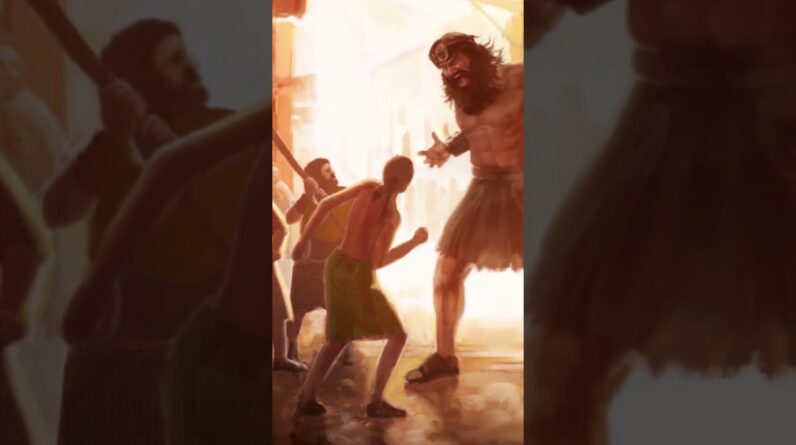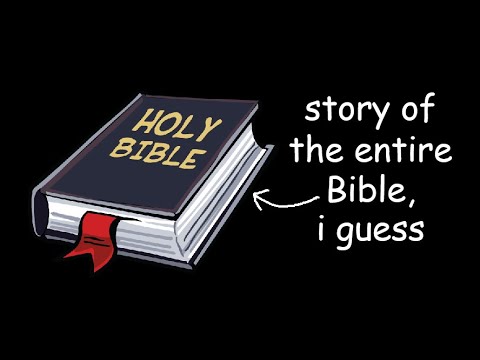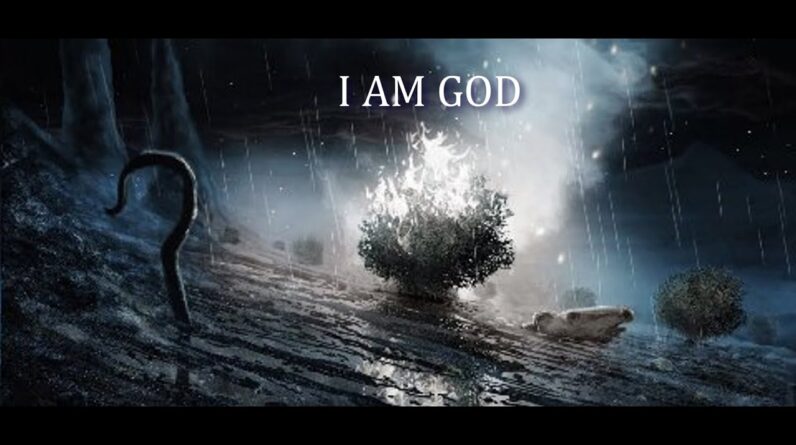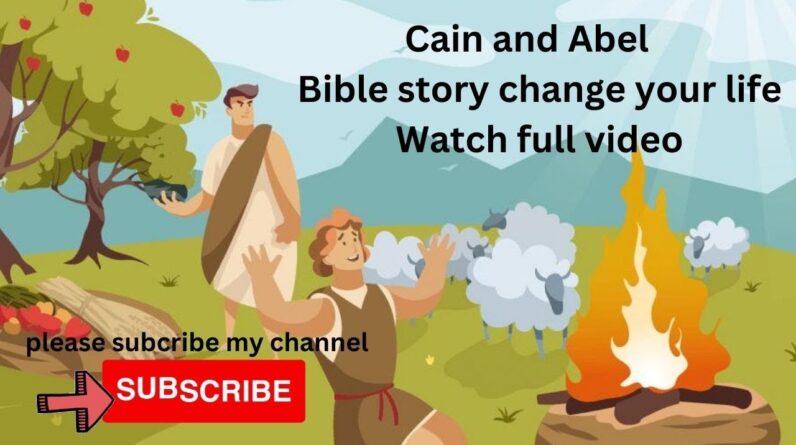“The Sumerian Flood Story: Oldest Mesopotamian Text Narrating the Great Flood” is an ancient tale that recounts the story of the Great Flood. This text, also known as the Eridu Genesis, Sumerian Creation Myth, and Sumerian Deluge Myth, is considered to be the oldest Mesopotamian text of its kind. It shares similarities with the biblical story of Noah and his ark, and it influenced other Mesopotamian works as well as the Egyptian “flood story.” Although the extant work is damaged, scholars have used the Akkadian/Babylonian Atrahasis to fill in the missing pieces of the text. This captivating story, discovered during expeditions in Mesopotamia in 1893, features a priest-king named Ziudsura, who was chosen to survive the flood. The content related to this fascinating ancient flood story is available on the YouTube channel “Study of Antiquity and the Middle Ages” and their social media platforms, including Facebook, Twitter, and Instagram.
The Sumerian flood story is not only one of the oldest Mesopotamian texts to narrate the tale of a great flood, but it also challenged the traditional view of the Bible during the 19th century. Western institutions funded expeditions to Mesopotamia, hoping to find evidence that would support the historical accuracy of biblical narratives. However, what they discovered were cuneiform tablets containing stories that predated biblical narratives, such as the Sumerian flood story. These tablets deciphered from the mid-19th century onwards revealed a number of motifs and symbols that appeared in the biblical narratives. The historicity and originality of the biblical narrative of the great flood were no longer able to be maintained, leading to a shift in scholarly understanding.
I. Introduction
The Sumerian Flood Story, also known as the Eridu Genesis, Sumerian Creation Myth, or Sumerian Deluge Myth, is the oldest Mesopotamian text that recounts the tale of the Great Flood. It appears in later works such as the Atrahasis and The Epic of Gilgamesh. The story bears resemblance to the biblical story of Noah and his ark. The written form of the Sumerian Flood Story is dated to around 2300 BCE, but it is believed to be much older. Although the extant work is damaged, scholars have been able to reconstruct the missing text using the Akkadian/Babylonian Atrahasis. This flood story likely influenced other works, such as the Egyptian “flood story,” and played a significant role in the cultural and religious texts of Mesopotamia.
II. The Sumerian Flood Story
A. Overview
The Sumerian Flood Story is a narrative that describes the existence of a catastrophic flood that occurred in ancient times. The story begins with the creation of the world, the black-headed people (the Sumerians), and the animals. The gods play a key role in the story, overseeing the establishment of cities and the allocation of tasks to various deities. However, at some point, the gods decide to destroy humanity with a great flood.
B. Alternative Names
The Sumerian Flood Story is also known by various names, such as the Eridu Genesis, Sumerian Creation Myth, and Sumerian Deluge Myth. These alternative names reflect the different aspects and perspectives of the story. The tale has been told and adapted over time in different cultures, each putting their own spin on the events.
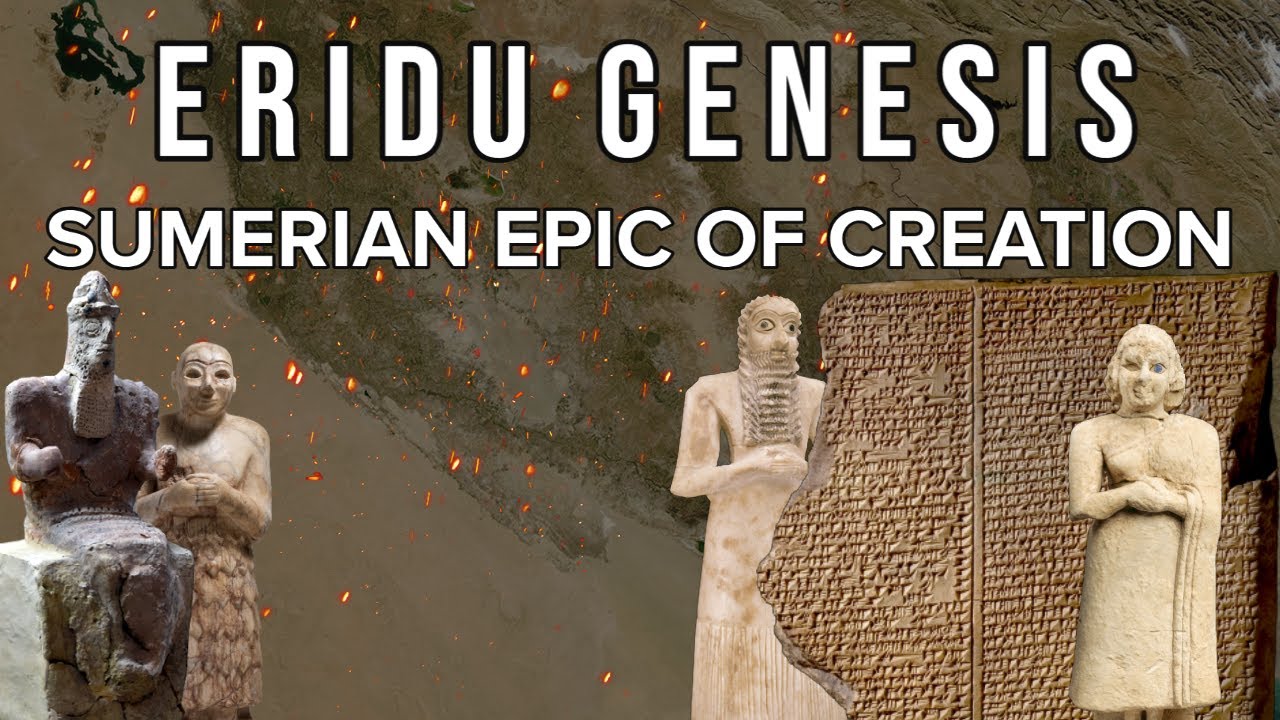
III. Relationship to Other Works
A. Atrahasis
The Atrahasis, a later Mesopotamian work, tells the same tale as the Sumerian Flood Story. It expands on the story, providing further details and elaborations. The Atrahasis recounts how the gods send plagues to decrease the population of humans, but each time, Enki, the god of wisdom and a friend of humanity, advises the people on how to overcome these challenges. The Atrahasis is an essential text for filling in the missing parts of the Sumerian Flood Story.
B. The Epic of Gilgamesh
The Epic of Gilgamesh, another significant Mesopotamian work, also contains elements of the flood story. In this epic, Utnapishtim, a wise and righteous man, tells Gilgamesh about the great flood and how he and his family were chosen by the gods to survive. Utnapishtim’s account closely mirrors the story found in the Sumerian Flood Story and the Atrahasis.
IV. Similarities with the Biblical Story of Noah
The Sumerian Flood Story closely resembles the biblical story of Noah and his ark. Both narratives involve a divine flood sent to destroy humanity due to their wickedness. In both stories, a righteous man is chosen to build an ark and save himself, his family, and a selection of animals. After the flood recedes, the survivors emerge from the ark and repopulate the earth. The Sumerian Flood Story likely influenced the biblical narrative of Noah, as the similarities between the two are striking.
V. Historical Context
A. Dating of the Written Form
The written form of the Sumerian Flood Story is dated to around 2300 BCE. However, scholars believe that the story is much older and was initially transmitted through oral traditions. The written version is a fragmentary text that has suffered damage over time, requiring scholars to rely on other works, such as the Akkadian/Babylonian Atrahasis, to fill in the missing portions.
B. Believed Antiquity
Despite the difficulties in determining the precise antiquity of the Sumerian Flood Story, it is considered one of the oldest surviving Mesopotamian texts. Its existence predates the biblical narrative of Noah, making it a significant source for understanding the cultural and religious beliefs of ancient Mesopotamia.
C. Textual Reconstruction
Because of the damage to the extant Sumerian Flood Story, scholars use the later Akkadian/Babylonian Atrahasis to reconstruct the missing parts. By comparing these two texts, researchers can fill in the gaps and gain a more complete understanding of the ancient flood narrative.
VI. Influence on Other Works
A. Egyptian ‘Flood Story’
The Sumerian Flood Story likely influenced the Egyptian narrative known as the “flood story.” The Egyptian tale, called The Book of the Heavenly Cow, also describes a worldwide flood sent by divine agency. While the exact relationship between the Sumerian and Egyptian accounts is uncertain, the influence of the Sumerian Flood Story on the development of flood stories in neighboring cultures is evident.
B. Other Mesopotamian Works
The Sumerian Flood Story played a crucial role in the development of other Mesopotamian works, such as the Atrahasis and The Epic of Gilgamesh. These later texts expand on the flood narrative and incorporate additional elements and characters. The Sumerian Flood Story set the foundation for subsequent works, shaping the Mesopotamian literary tradition.
VII. Discovery and Excavation of the Story
A. Widespread Expeditions and Excavations in Mesopotamia
In the late 19th century, western institutions funded numerous expeditions and excavations throughout Mesopotamia. Their goal was to find physical evidence supporting the historical accuracy of biblical narratives. These expeditions unearthed various artifacts and texts, including the Sumerian Flood Story tablet, which was discovered in the ruins of the ancient city of Nippur.
B. Year of Discovery
The Sumerian Flood Story tablet was discovered in 1893 during one of the many expeditions in Mesopotamia. This important finding shed light on the existence of flood narratives predating the biblical story of Noah. Since then, scholars have dedicated their efforts to studying and interpreting the text, piecing together the fragmented story to gain insights into the ancient world.
VIII. Main Characters and their Reappearances
A. Priest-King Ziudsura
In the Sumerian Flood Story, the main character chosen to survive the flood is the Priest-King Ziudsura. He is described as a righteous man who receives divine instructions to build an ark and save himself and his family. The character of Ziudsura reappears in different forms in later stories, such as Atrahasis, Utnapishtim, and Noah, where he plays similar roles.
B. Atrahasis, Utnapishtim, and Noah
The character of Ziudsura transforms into Atrahasis, Utnapishtim, and Noah in later works. These variations of the character serve as central figures in their respective flood stories. While the names and specific details may vary, the fundamental characteristics and roles of these characters remain consistent throughout the different versions.
IX. Availability on ‘Study of Antiquity and the Middle Ages’
A. YouTube Channel
The content related to the Sumerian Flood Story and other historical topics can be accessed through the YouTube channel “Study of Antiquity and the Middle Ages.” This channel provides informative and engaging videos that explore various aspects of history, including ancient civilizations and their myths and legends.
B. Social Media Platforms
In addition to the YouTube channel, “Study of Antiquity and the Middle Ages” maintains a presence on various social media platforms. Interested individuals can follow the Facebook page, Twitter, and Instagram accounts to stay updated on historical content, interact with fellow history enthusiasts, and access additional resources related to the study of antiquity and the Middle Ages.
XI. Conclusion
The Sumerian Flood Story, also known as the Eridu Genesis, Sumerian Creation Myth, or Sumerian Deluge Myth, holds a significant place in ancient Mesopotamian literature. As one of the oldest surviving texts, it provides insights into the cultural and religious beliefs of the Sumerians. The story’s influence on later works, such as the Atrahasis and The Epic of Gilgamesh, as well as the biblical story of Noah, is evident. The discovery of the Sumerian Flood Story tablet during the 19th-century expeditions in Mesopotamia challenged traditional views and sparked scholarly debates about biblical narratives. Today, the Sumerian Flood Story remains accessible through various platforms, such as the “Study of Antiquity and the Middle Ages” YouTube channel and associated social media accounts, ensuring its availability for future generations of history enthusiasts.



